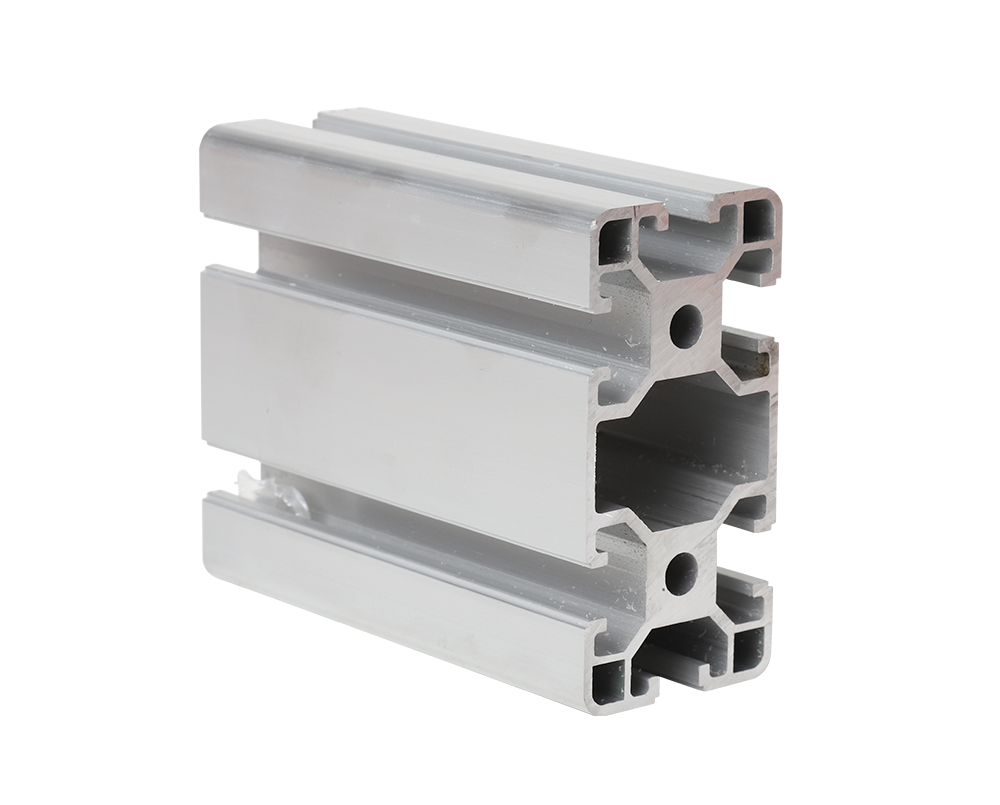2025-04-23 hits:0 source:corten steel fabricators

Anodizing is a widely used surface treatment process for aluminum profiles, which can significantly improve their corrosion resistance, wear resistance, and aesthetic appearance. The bath solution used in the anodizing process plays a crucial role in determining the quality and properties of the anodized layer.
1. Composition of the Bath Solution
Sulfuric Acid - Based Bath: The most common type of bath solution for anodizing aluminum profiles is sulfuric acid - based. In this solution, sulfuric acid (H₂SO₄) is the main electrolyte. The typical concentration of sulfuric acid in the bath ranges from 150 - 250 g/L. For example, in many industrial anodizing processes, a concentration of around 200 g/L is often used. The sulfuric acid helps in the formation of a porous oxide layer on the surface of the aluminum profile. During the anodizing process, aluminum acts as the anode, and when an electric current is passed through the bath, aluminum atoms on the surface of the profile are oxidized to form aluminum oxide (Al₂O₃). The reaction can be simply represented as: 2Al + 3H₂O → Al₂O₃ + 6H⁺ + 6e⁻.
Additives: To improve the quality of the anodized layer and the anodizing process, various additives are often added to the sulfuric acid bath. Some common additives include aluminum sulfate (Al₂(SO₄)₃), which can help to stabilize the bath solution and improve the uniformity of the anodized layer. Organic additives such as oxalic acid or glycerol can also be added. Oxalic acid can influence the pore size and structure of the anodized layer, while glycerol can improve the surface smoothness of the anodized profile.
Temperature and pH Control: The temperature of the bath solution is an important parameter. Usually, anodizing in sulfuric acid baths is carried out at room temperature (around 20 - 25 °C). However, for some special applications or to achieve specific properties of the anodized layer, the temperature can be adjusted within a certain range. The pH value of the bath is also carefully controlled. In sulfuric acid anodizing, the pH is typically in the acidic range, around 1 - 2. Deviations in temperature or pH can affect the growth rate, thickness, and quality of the anodized layer. For example, if the temperature is too high, the anodized layer may grow too quickly and become porous and less dense, reducing its corrosion resistance.
2. Function of the Bath Solution in the Anodizing Process
Oxide Layer Formation: The bath solution provides the necessary environment for the electrochemical reaction that forms the anodized oxide layer. The sulfuric acid dissociates into ions in the solution, and when an electric current is applied, the hydrogen ions (H⁺) from the sulfuric acid are reduced at the cathode (usually made of lead or stainless steel), while aluminum is oxidized at the anode (the aluminum profile). The formed aluminum oxide layer grows on the surface of the profile.
Pore Formation and Dye Absorption: The anodized layer formed in the sulfuric acid bath has a porous structure. The pores are formed due to the dissolution of the outer part of the aluminum oxide layer by the sulfuric acid during the anodizing process. These pores are important as they allow for further treatment such as dyeing. After anodizing, the aluminum profiles can be immersed in a dye bath, and the dye molecules can enter the pores, resulting in a colored anodized layer. The size and distribution of the pores, which are influenced by the bath solution composition and anodizing process parameters, affect the colorfastness and appearance of the dyed anodized layer.
Surface Smoothing and Etching: The bath solution also has an etching effect on the surface of the aluminum profile. To some extent, it can smooth the surface of the profile, removing minor scratches and irregularities. This is beneficial for improving the aesthetic appearance of the anodized product. However, excessive etching can lead to a loss of material and affect the mechanical properties of the profile.
3. Maintenance and Monitoring of the Bath Solution
Concentration Monitoring: Regularly monitor the concentration of sulfuric acid and additives in the bath solution. As the anodizing process proceeds, the concentration of sulfuric acid may change due to consumption and dilution. For example, the sulfuric acid may react with the aluminum to form aluminum sulfate, gradually increasing the concentration of aluminum sulfate in the bath. Concentration can be measured using titration methods or by using specific sensors. When the concentration of sulfuric acid or additives deviates from the optimal range, appropriate adjustments need to be made by adding concentrated sulfuric acid or additives.
Impurity Control: Keep the bath solution free from impurities. Impurities such as heavy metals (e.g., copper, iron) can be introduced into the bath through the aluminum profiles or from other sources. These impurities can affect the quality of the anodized layer, causing discoloration, uneven growth, or reduced corrosion resistance. Filtration systems can be used to remove solid impurities, and chemical methods can be employed to precipitate and remove heavy metal ions.
Temperature and pH Monitoring: Continuously monitor the temperature and pH of the bath solution. Use thermometers and pH meters to measure these parameters. Automated control systems can be installed to adjust the temperature and pH in real - time to maintain the optimal anodizing conditions. For example, if the pH value rises above the optimal range, sulfuric acid can be added to lower it, and if the temperature is too low, heating elements can be used to increase it.
Read recommendations:
aluminium window frame extrusions
